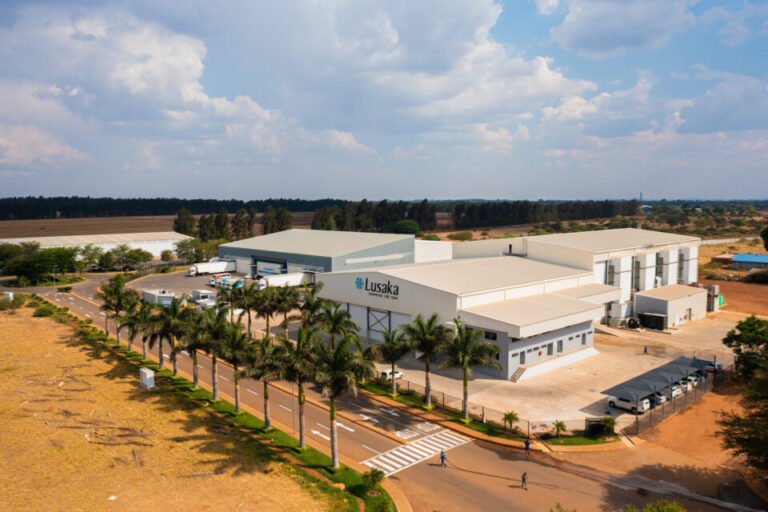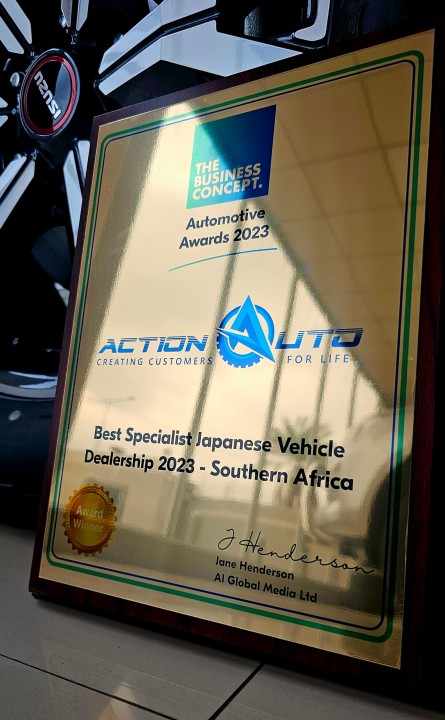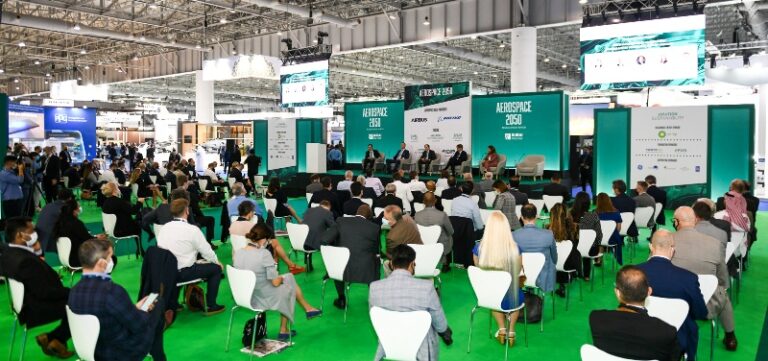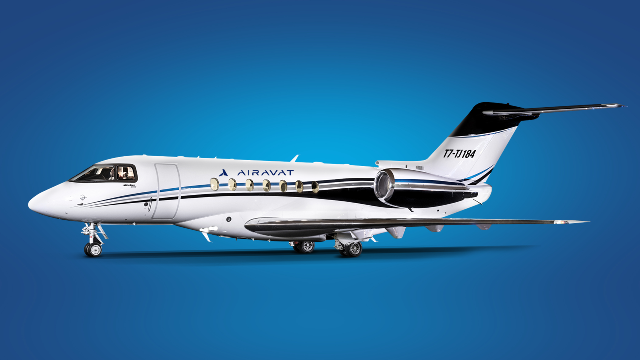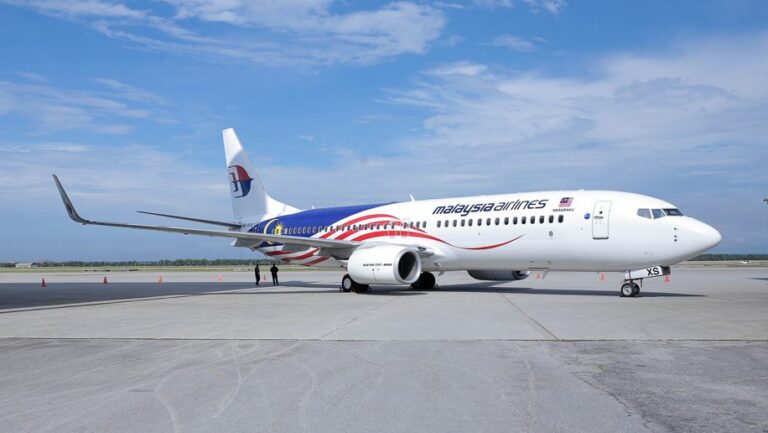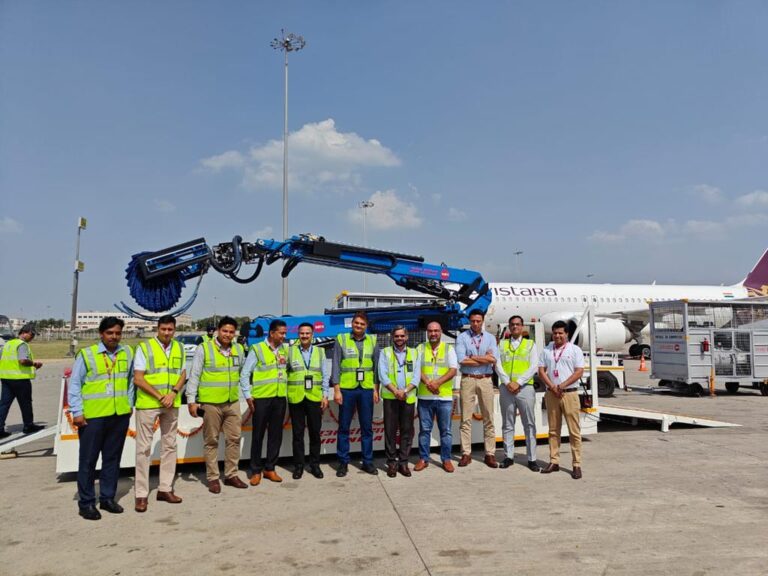DP World is pleased to announce that its Market Access Consumer business, Deep Catch Group, has opened a world-class cold storage facility, Lusaka Commercial Cold Store (LCCS), in Lusaka, Zambia. The LCCS is a groundbreaking project that is set to revolutionise the cold storage industry in Zambia and provide cold storage solutions to local clients, principals and customers.
The facility is the first of its kind in the country and will offer state-of-the-art cold storage facilities to meet the needs of local meat, poultry, and fish producers, as well as the thriving hospitality and retail sectors.
Deep Catch, a diversified and vertically integrated business engaged in the wholesale, distribution, and cold storage of perishable foods, has a proven track record of providing strategic cold storage solutions in South Africa and Namibia, and is now extending this solution to Zambia.
Mohammed Akoojee, CEO & MD: sub-Saharan Africa at DP World, said: “This is a significant milestone for DP World in Southern Africa. The LCCS is set to transform the cold storage environment in Zambia by enhancing the availability and quality of locally produced and imported perishable products. Given its strategic location, advanced infrastructure and commitment to excellence, the LCCS will undoubtedly play a vital role in driving economic growth and the seamless flow of goods in Zambia.”
The LCCS is built to accommodate Zambia’s unique climate and boasts various dedicated areas, including a bulk freezer section, a chiller store, a dry goods storage area, and a processing zone for food handling. The facility will also incorporate a receiving and dispatch area, complete with efficient mobile and static pallet handling systems. Once fully operational, the LCCS will have the capacity to accommodate up to 5,500 pallets distributed across the freezer, chiller and dry storage sections. This expansive capacity ensures that businesses relying on cold storage solutions can effectively manage their inventory and meet the demands of their respective industries and customers.
Bruce Denyer, Head of Market Access Consumer: sub-Saharan Africa at DP World, said: “The development of the LCCS is in line with Deep Catch’s expansion strategy to establish a strong cold chain footprint in the Southern Africa Development Community (SADC) region. The LCCS will play a pivotal role in facilitating the efficient importation of affordable protein products, while simultaneously supporting local food producers in reaching their markets. This world-class facility will adhere to the highest industry standards and provide exceptional logistics support to our customers.”
By providing integrated end-to-end logistics, and leveraging our global footprint and unrivalled infrastructure, DP World is reimagining the global supply chain. We are building better ways to bring goods to more people, by making the flow of trade smarter, faster, and more sustainable, ensuring we can all thrive in ways we never thought possible. By improving the efficiency of moving local goods across the globe, DP World is actively contributing to regional economic growth and changing what’s possible for Africa and her people.



